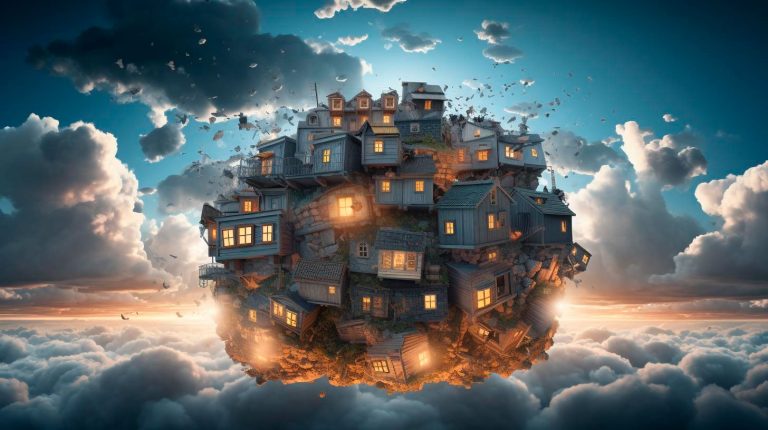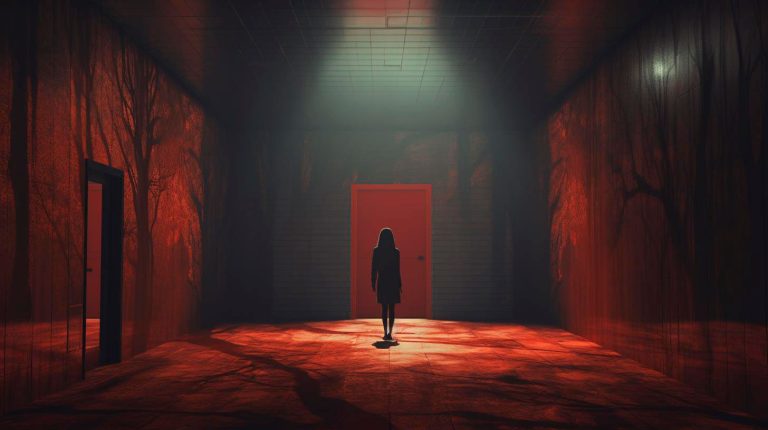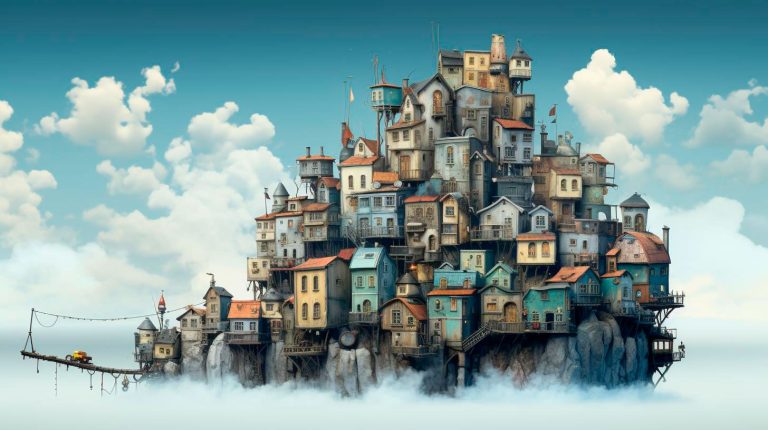In this article, we will explore the significance of lighting in still life photography and how it can be utilized to convey a specific mood or emotion.
The Importance of Lighting in Still Life Photography
Lighting is one of the key elements that can make or break a still life photograph. It has the power to evoke emotions, highlight details, and create a sense of depth in an otherwise static image. By carefully choosing and manipulating light sources, photographers can enhance the aesthetic appeal of a still life composition and make it visually striking.
Let’s delve into some of the important aspects of using lighting effectively in still life photography:
Setting the Mood
Lighting has the ability to set the mood and create a specific atmosphere in still life photography. Whether it’s a warm and cozy ambiance or a mysterious and dramatic feel, the lighting techniques applied can greatly influence the emotional response of the viewer. By understanding how different lighting setups can evoke various moods, photographers can effectively convey their intended message.
Directing Attention
By skillfully manipulating lighting, photographers can guide the viewer’s attention towards specific areas or objects within a still life composition. Brightness, contrast, and focus can be used to draw attention to the main subject and create a visual hierarchy within the frame. This technique allows photographers to emphasize certain elements and tell a story within the still life image.
Enhancing Textures and Details
Proper lighting can bring out the textures and finer details of objects, adding depth and visual interest to a still life photograph. By utilizing techniques such as side lighting or backlighting, photographers can create shadows and highlights that reveal the texture and three-dimensional quality of the subject. This can make the image more immersive and captivating for the viewer.
Creating Depth and Dimension
Lighting is crucial in creating a sense of depth and dimension in still life photography. Through careful placement of light sources and consideration of shadows, photographers can make objects appear three-dimensional on a two-dimensional surface. This helps to make the composition more dynamic and lifelike, engaging the viewer’s eye and creating a more memorable image.
Key Takeaways
- The role of lighting in still life photography is essential for setting the mood and capturing the viewer’s attention. It can create a specific atmosphere and evoke emotions in the audience.
- Effective use of lighting helps in directing the viewer’s attention to the main subject and creates visual hierarchy within the still life composition.
- Proper lighting can enhance textures, details, and depth in the image, making it visually interesting and engaging for the viewer.
- Experimenting with different lighting techniques, such as side lighting or backlighting, is crucial to achieve desired results.
In conclusion, lighting is a powerful tool that can transform still life photography into captivating visual storytelling. By understanding the significance of lighting and how it can be manipulated to convey mood and emotion, photographers can elevate their images and leave a lasting impact on their audience. Remember, the way light interacts with objects in a composition can make all the difference in creating a compelling and visually stunning still life photograph.


















+ There are no comments
Add yours